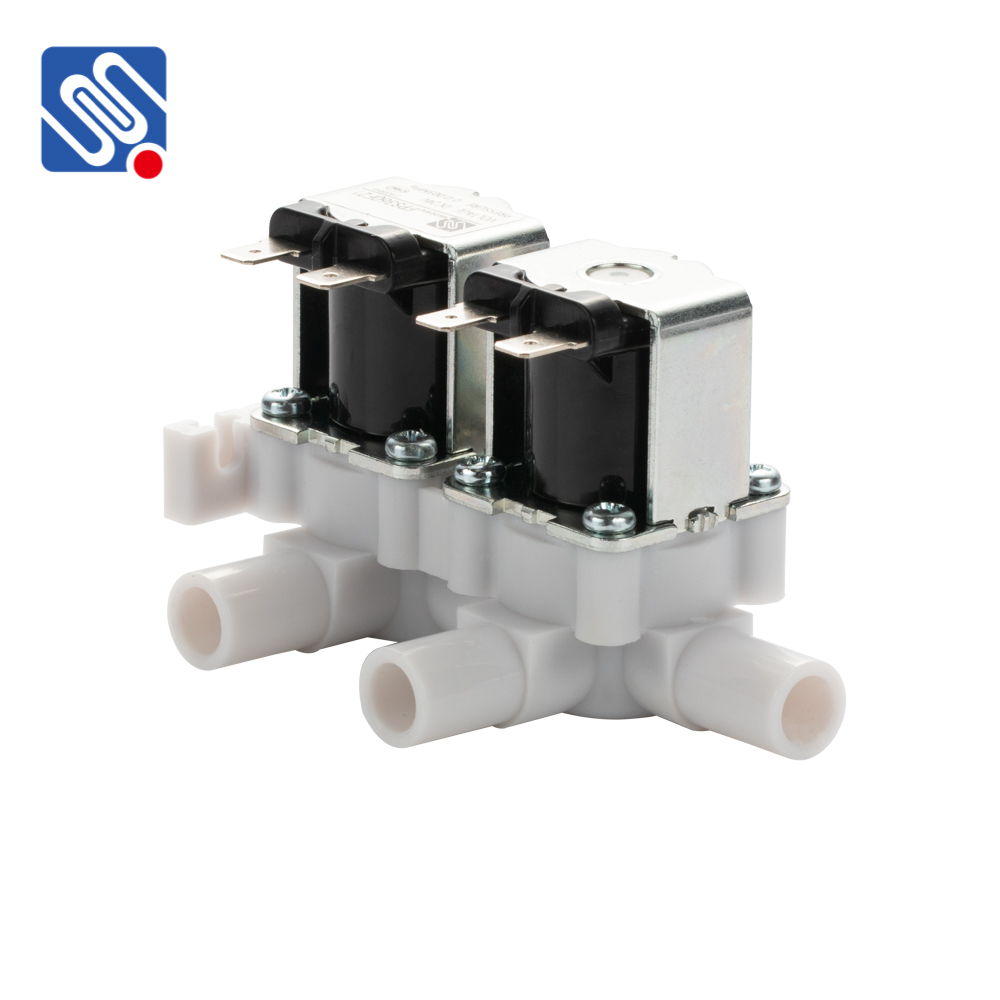A Cold Water Solenoid Valve is a type of electromechanical device that plays a crucial role in controlling the flow of cold water within various systems. It is commonly used in industrial, commercial, and residential applications where precise control over water flow is necessary. This valve works by using an electromagnetic coil to open or close the valve mechanism, allowing water to flow or stop based on electrical signals. In this article, we will explore the working principle, applications, types, and benefits of cold water solenoid valves, shedding light on their importance in modern systems.

Working Principle A cold water solenoid valve operates through the interaction of a coil and an armature. When an electric current flows through the coil, it creates a magnetic field that pulls the armature, causing the valve to open or close. The valve consists of a solenoid coil, a valve body, and a plunger or diaphragm. When the solenoid is energized, the plunger is pulled or pushed, which opens or closes the water passage within the valve body. When the coil is de-energized, a spring returns the plunger to its original position, thereby shutting the valve. The beauty of this design lies in its ability to be controlled remotely via electrical signals, making it an ideal solution for automated systems that require precise control over water flow. This feature is particularly useful in applications such as irrigation systems, cooling systems, water treatment plants, and household appliances like washing machines and dishwashers.
Leave a Reply